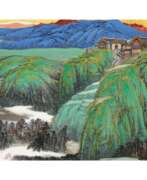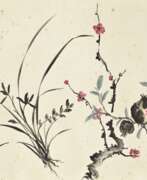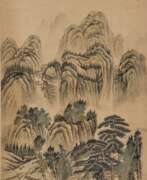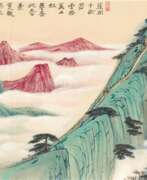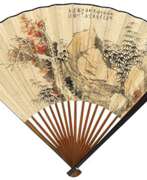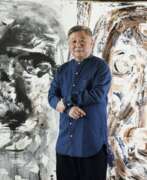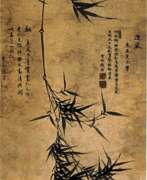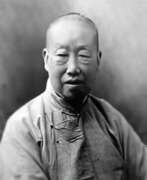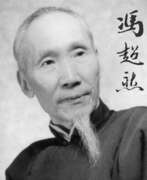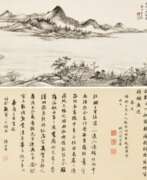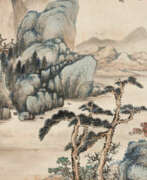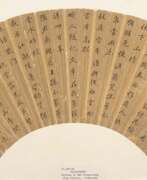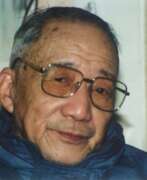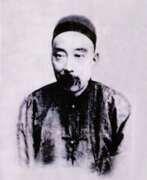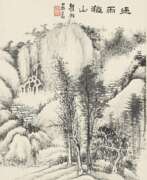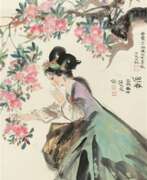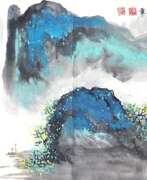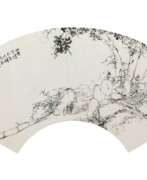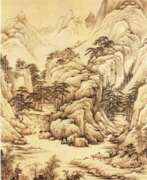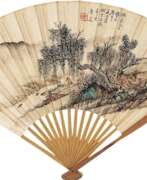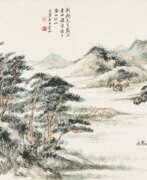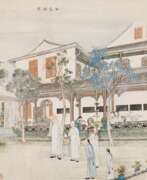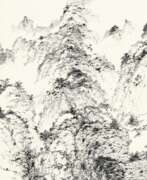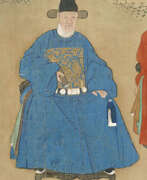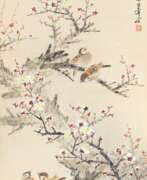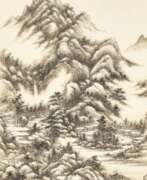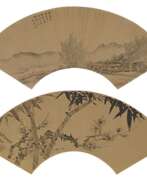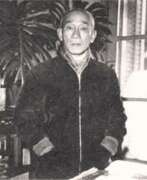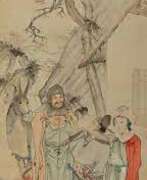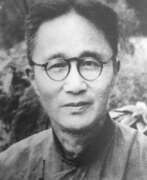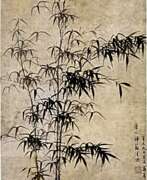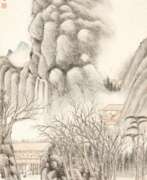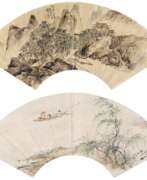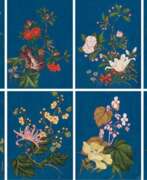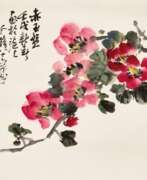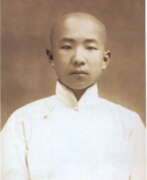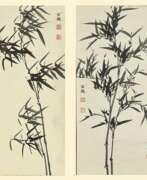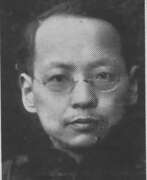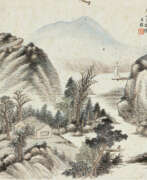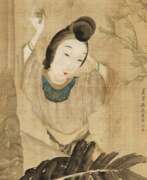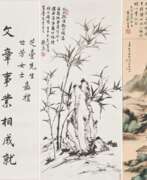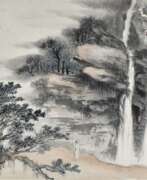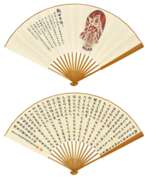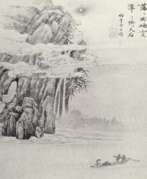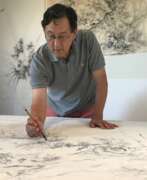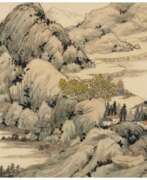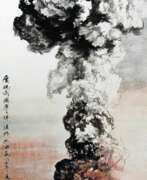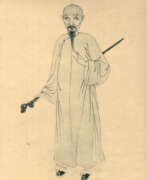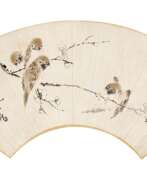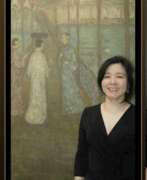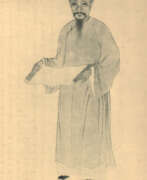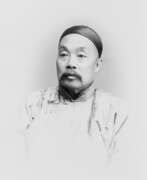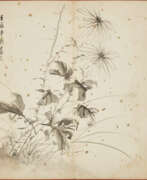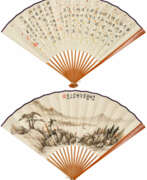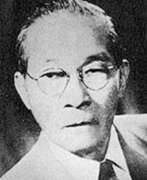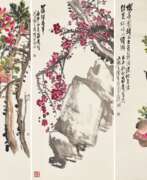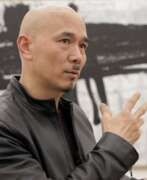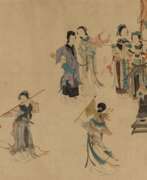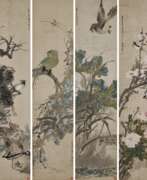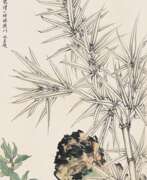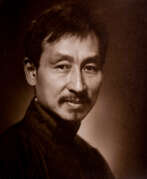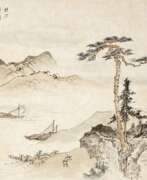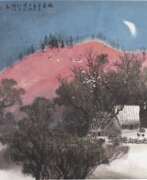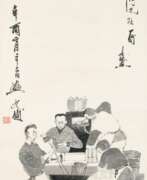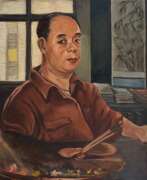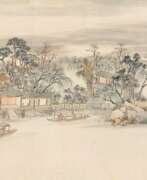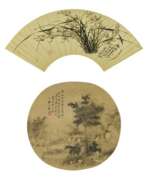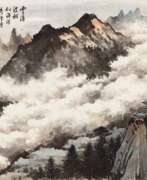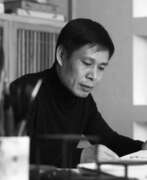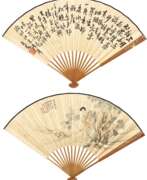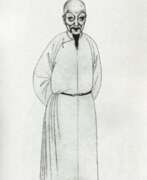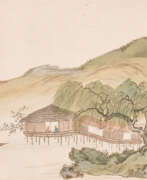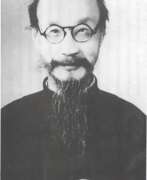Painters Chinese painting
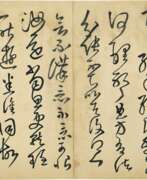

Wang Duo was a Chinese calligrapher, painter, and poet during the Ming dynasty, renowned for his artistic versatility and the cultural depth of his work. Born in Mengjin, Henan province, Wang Duo left an indelible mark on the artistic landscape of China, bridging the late Ming and early Qing dynasties with his creative expression.
His works, such as a mountain landscape dated 1651, showcase his mastery of ink on paper, reflecting the aesthetic preferences and skilled craftsmanship of the Qing dynasty period. Another remarkable piece, a free copy of Xu Jiaozhi’s calligraphy dating back to 1635, is a testament to his prowess in calligraphic arts, executed on a hanging scroll with ink on satin. Additionally, his lettering on gold-flecked paper, a medium that added a luminous quality to his work, is preserved as an album leaf, evidencing the fusion of literary and visual arts during the late Ming to early Qing dynasty.
For collectors, auctioneers, and experts in art and antiques, Wang Duo’s works not only represent a significant cultural heritage but also offer a glimpse into the rich tapestry of Chinese history through art. His legacy is encapsulated in the intricate strokes of his calligraphy and the serene landscapes of his paintings, many of which are held in prestigious institutions like The Metropolitan Museum of Art. To stay informed on updates related to Wang Duo and similar artists, sign up for our newsletter and enrich your collection with the essence of Chinese art history.


Gu Jianlong, born in 1606, was a prominent Chinese painter and draughtsman known for his mastery in portrait painting. From Suzhou Taichang, Gu Jianlong served as a court artist in the 1660s-70s, during which he painted portraits of Qing emperors and members of the imperial family. His work is best recognized for its detailed and evocative portrayal of historical subjects, portraits, landscapes with figures, and other thematic elements that vividly depict the era's cultural and social aspects.
His life and work spanned the transition from the Ming to the Qing dynasty, a period of significant cultural and political change in China. This context is reflected in the style and subjects of his paintings, which offer a unique window into Chinese history and art.
Gu Jianlong's artworks are held in high esteem and are part of prestigious collections, including those at The British Museum and The Nelson-Atkins Museum of Art. His works, such as "Studies of Figures with Carts," "Tree Studies with Pagoda," and "Mountain Waterfall with Village," demonstrate his versatility and skill in using traditional Chinese painting techniques. These pieces, along with others like "Cliffs," "Trees Rocks and Bridge," and "Portrait of Ma Shiqi (1650-1714)," showcase his ability to capture both the natural world and human subjects with equal finesse.
For collectors, auctioneers, and art experts, Gu Jianlong's works represent an important part of Chinese art history. His paintings not only exhibit technical skill but also offer insights into the cultural and historical context of his time.
If you are interested in the art of Gu Jianlong and would like to receive updates on new sales, auctions, and events related to his works, consider signing up for updates. This subscription will keep you informed about opportunities to acquire and learn more about the unique art of Gu Jianlong.
